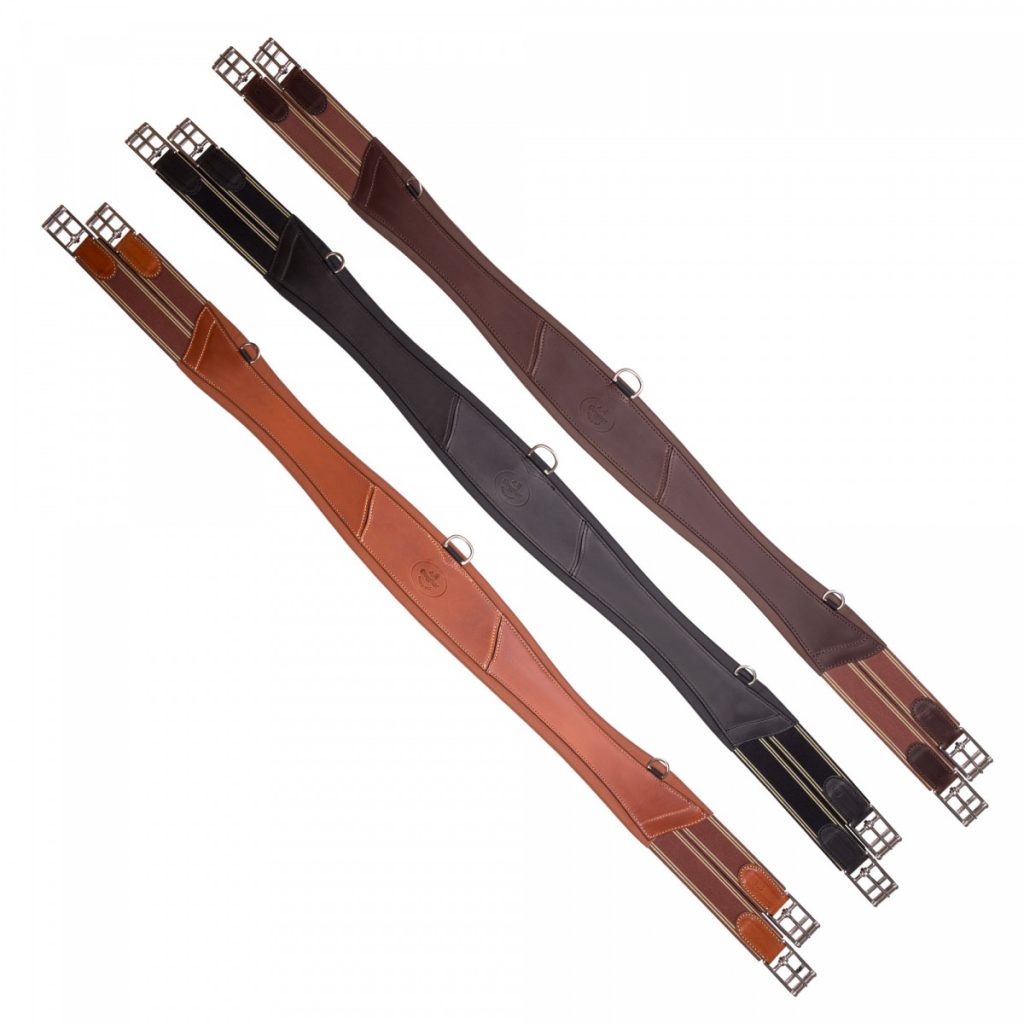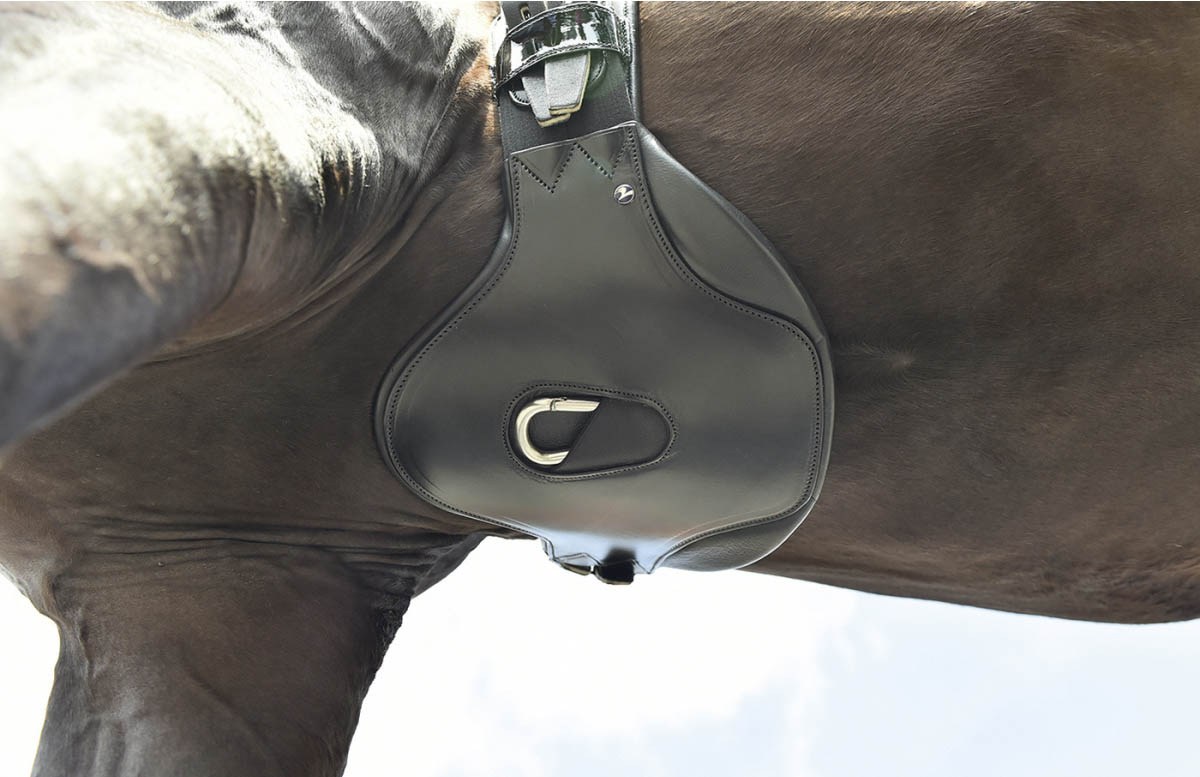A girth is a special strap that goes under the horse’s belly and its task is to keep the saddle in the right place. There are many types of girths available on the market, which are usually divided because of their designated use. We have versatile, dressage, jumping, and lunging types. It is good to make sure your horse has the right product and that it is properly attached, guaranteeing effective action and the horse’s comfort.
Types of girth
Girth is one of the horse’s trappings element that is attached to the tabs on both sides of the saddle and goes under the horse’s belly. It is an exceptionally functional part that guarantees to keep the saddle on the horse’s back. Optimal adjustment of the girth is crucial – a girth too tight or too loose might cause discomfort to the horse and hinder his breathing. You can find various types of girth in equestrian shops so they can easily be matched to the horse’s and rider’s needs. The most common types are: versatile, jumping, dressage, western, lunging. They differ with their looks and functions.
If you are looking for high quality horse riding girths, you will find the best at www.equishop.com
Versatile girth
This type is a versatile model that is suitable for versatile saddles and some jumping saddles used on training sessions at low obstacles. The most popular are the ones made of leather or neoprene, which are durable and close-fitting to the horse’s body. They might be equipped with elastic rubbers or fur that protects the horse from chafing.
Jumping girth

This model is designed for the jumping discipline. It has a wide stud guard that protects the horse’s belly from chafing and mechanical injuries.
Dressage girth

It is much shorter than other types of girth, measuring from 40 to 80 centimeters. Due to its small size, you will be able to attach it lower to the tabs, and thus – your thigh will come into closer contact with the flap.
Western girth
Designed to be used with a western saddle. It can be made of leather, rope, or nylon, and usually have only one buckle with a roll.
Lunging girth

This model – known also as a lunging line – takes the horse’s back and belly, replacing the saddle. It has metal rings to which you can attach aid reins or detachers and cushions that will keep the girth in the right place on the horse’s back.
How to put the girth on?
The girth’s construction and material of which it is made is crucial the longer you use the saddle. The wider girth you choose, the better the pressure distribution would be, and thus – it would be more comfortable for the horse. It should not block the elbows or chafe the pet causing discomfort. First of all, when you put the saddle on, you delicately fasten the girth, not squeezing it too tightly. After taking a few steps – if you decide it is too loose, you can make it tighter. If during attaching the girth or adjusting it, the horse gets nervous, it usually means the girth is wrongly fitted or the line is too tight.
